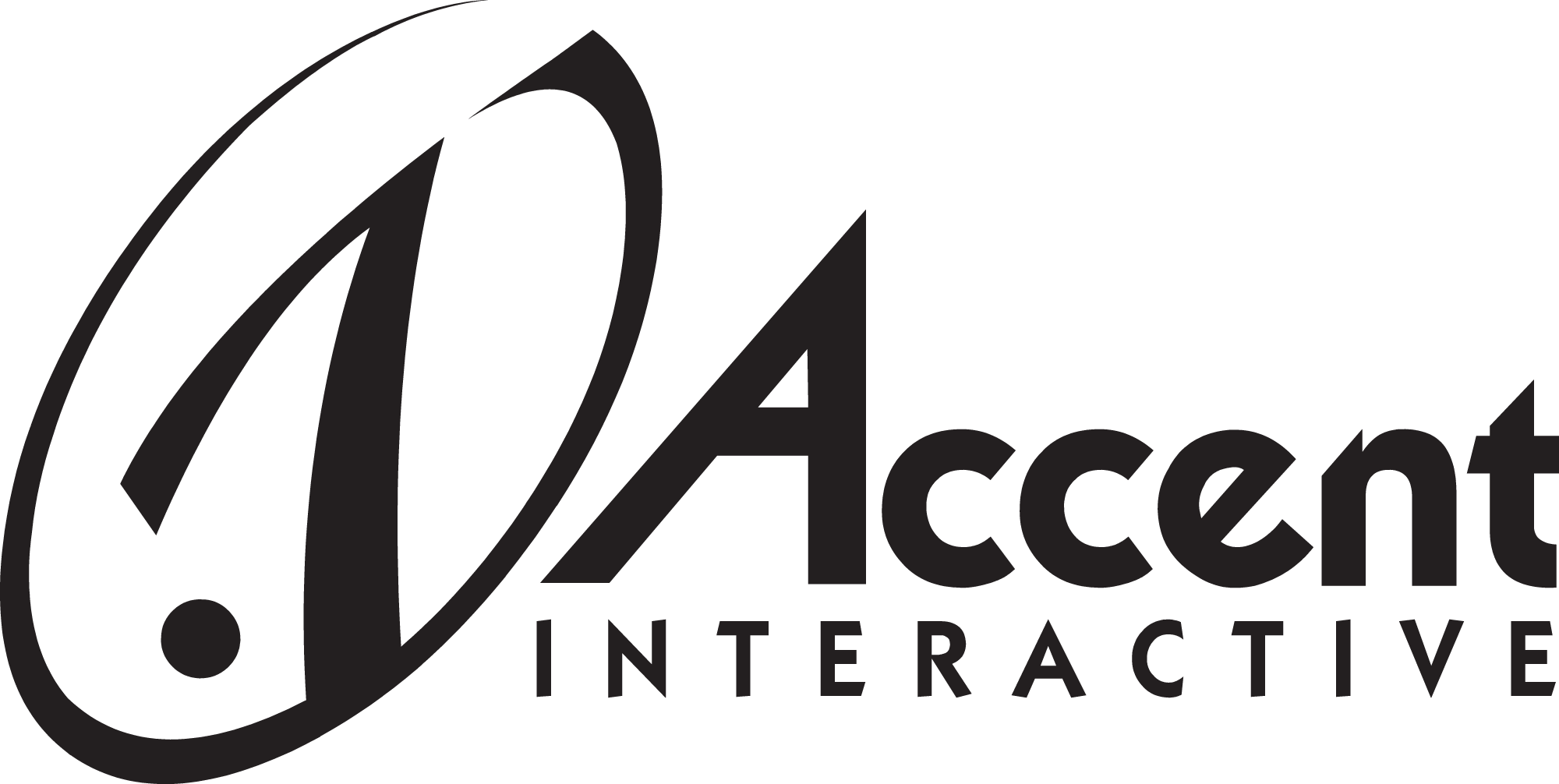How a creative team works is really important. Pick a team that works with you, not just for you. Here are two creative process problems to avoid.
Problem #1: Too Passive
Some creative teams ask you to provide the “content” and they will put it online for you. With that approach, you shouldn’t expect much, and you shouldn’t pay much either. If you hire someone that just copies and pastes your content into some template they designed last year, you will be disappointed when the product doesn’t help grow your business.
Problem #2: Too Active
Other design teams make the opposite mistake—they take the project right out of your hands. Perhaps it’s a designer’s inflated ego, or a thirst for control—whatever the reason, it lowers the potential for greatness. Don’t let them grab the entire creative heart of the project. It’s your business—get involved in the creative work.

Solution: Co-Active Creativity
We don’t create for you, we create with you. Our collaborative approach hits the sweet spot. You get to be involved, and you get the benefit of a fresh perspective. The result is not just a better design, it’s a better business.
Project Plan
A typical design project has 5 phases:
- Vision & Strategy
Decide what we are doing and why, create a plan for moving forward, decide who is doing what. - Content & Structure
Create and organize the content: figure out how many parts there are and what goes into each part. - Visual Design
Create the look and feel, including color, style, imagery, typography, and layout. - Production & Launch
Put the project together, test it, and release it to the audience. - Marketing & Maintenance
Let people know about it: SEO, announcements, and network marketing. Track results and keep improving. Unlike the others, this phase is ongoing with no definite end date.

Consecutive Phases
With this approach, one phase doesn’t begin until the previous one ends. The plan is simple, but not always the most efficient, which is why we don’t prefer it.
Overlapping Phases
With this approach, two or more phases can proceed concurrently. The next phase begins before the previous one ends. This allows for later phases to inform earlier ones, and creates iteration opportunities during periods of overlap.
The Creative Process
After experiencing co-active creativity, some customers have decided to use our creative approach in their own work. Learn more about you can apply our creative process to your next project.

